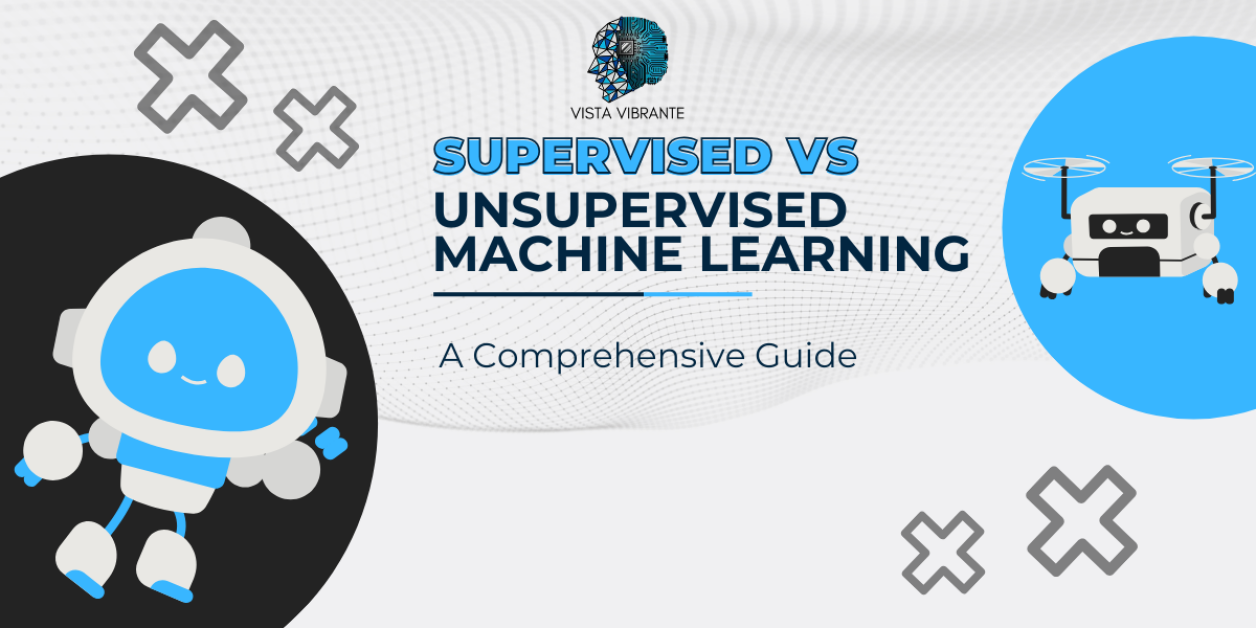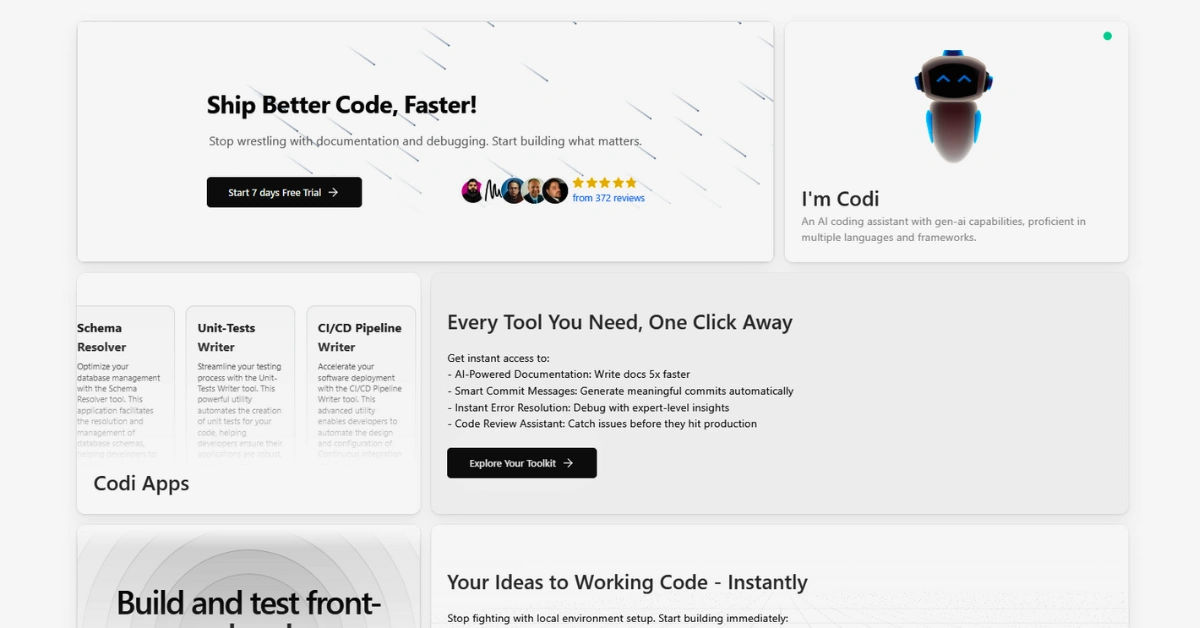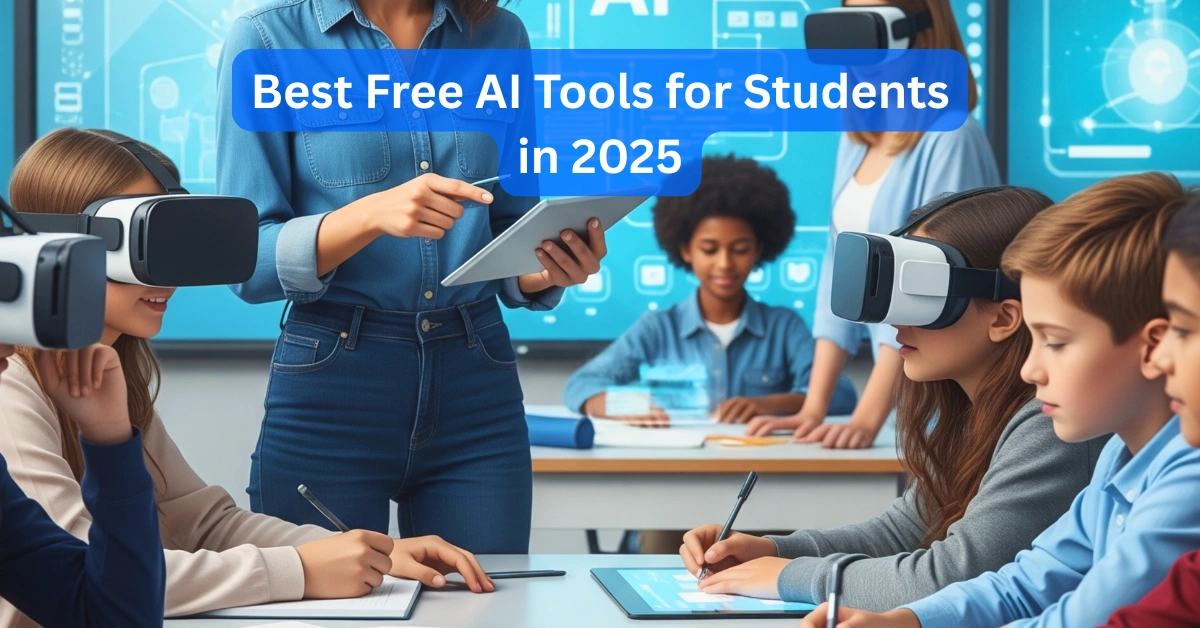Types of Predictive Models: A Machine Learning Prediction Models Guide
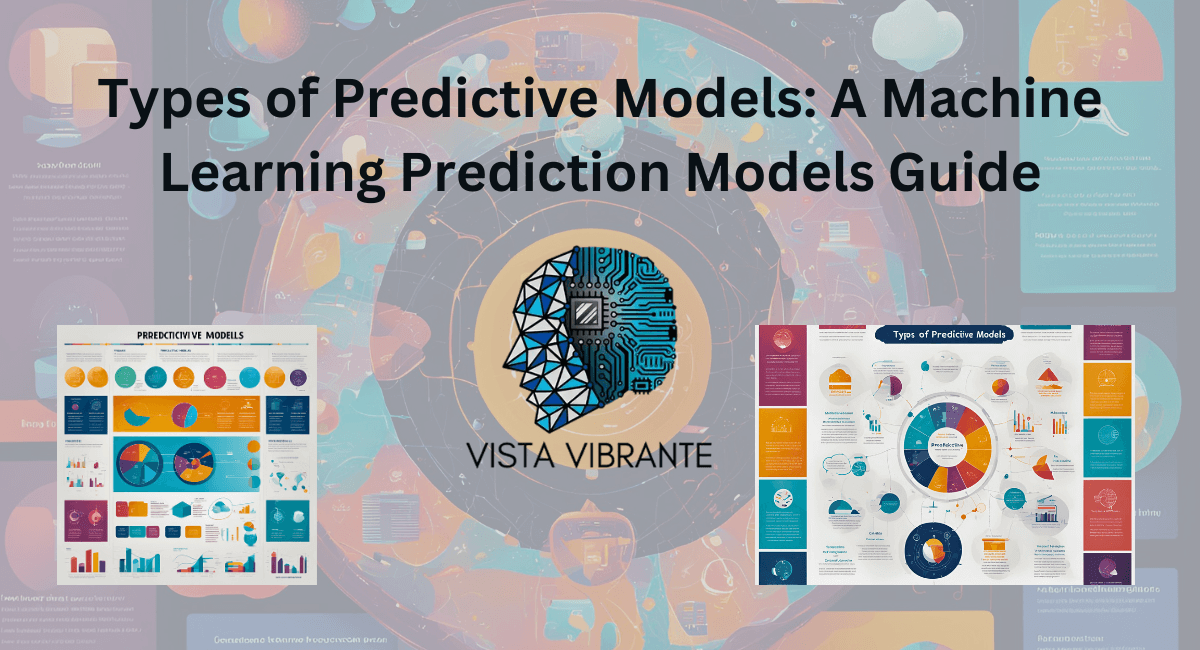
Predictive models are the backbone of machine learning and data science. They allow businesses to forecast what will happen in the future based on historical data. These models use statistical algorithms and machine learning techniques to find patterns and provide valuable insights that drive finance, healthcare, marketing, and logistics decisions.
This guide covers predictive models, including regression, classification, time series, clustering, anomaly detection, and ensemble models. Each model does something different, from predicting numbers and categorizing data to finding unusual patterns and improving accuracy. Knowing these models will help your business run smoother, personalize customer experiences, and reduce risk.
What is Predictive Modeling?
Predictive modeling is a statistical method for forecasting outcomes based on historical data. It uses math and algorithms to find patterns in past data and predict future trends. Moreover, it uses machine learning and data mining techniques to predict what will happen from past events, predictive modeling helps businesses make informed decisions.
Predictive modeling is key in the age of big data, as it helps organizations process vast amounts of data. Machine learning improves predictive modeling by automating data analysis and improving prediction accuracy. Big data and machine learning give businesses more insight, enabling them to make more accurate, faster decisions, which is critical in today’s fast-paced market.
Moreover, it helps businesses make data-driven decisions by giving them insight into what will happen. This reduces uncertainty and planning, especially in industries like finance for risk management, healthcare for treatment planning, and marketing for targeted campaigns.
How Does Predictive Modeling Work?

-
Data Collection and Preprocessing
First, you collect data from all sources, such as databases, APIs, sensors, and web platforms. This data can be structured like spreadsheets or unstructured like text and images. Preprocessing is key to cleaning and transforming the raw data, removing errors, handling missing values, and standardizing formats so the data is accurate, consistent, and ready for analysis. Without preprocessing, the model will not work.
-
Model Selection and Training
Choosing the right model is critical and depends on the problem you are trying to solve. For example, regression models are used for numerical predictions, and classification models are used for categorization. Training the model involves feeding it historical data to learn and identify patterns, relationships, and dependencies. This training helps the model to make predictions when given new data.
-
Model Evaluation and Deployment
Once trained, the model is evaluated using accuracy, precision, recall, and F1 score metrics. This evaluation ensures the model’s reliability and efficiency. After successful evaluation, the model is deployed into real-world business operations, providing real-time predictions, automating processes, and supporting decision-making through continuous analysis of incoming data.
Role of Algorithms in Predictive Modeling
Algorithms are the secret to predictive analytics/modeling. They help with:
- Digging through big data to find hidden patterns and trends: Algorithms process data loads to find relationships the eye can’t see. This gives you deeper insight and data-driven decisions.
- Finding connections between different variables: By finding correlations and dependencies, algorithms help you understand how different factors affect outcomes so you can make better predictions.
- Making predictions from historical data: Predictive algorithms look at historical data to find trends and patterns so you can forecast sales, demand, and risk.
- Improving model performance through iterative learning: Machine learning models update themselves with new data, refine predictions, and reduce errors over time so they get better.
- Automating decision-making for better efficiency: It automates processes, reduces human effort, and improves the efficiency of healthcare, finance, and marketing, resulting in faster and better decisions.
What are the Major Types of Predictive Models?
Predictive models fall into six categories, each for a specific type of data and problem. Choosing the right model is key to making accurate predictions. It allows you to optimize, reduce risk, and make informed decisions for your business.
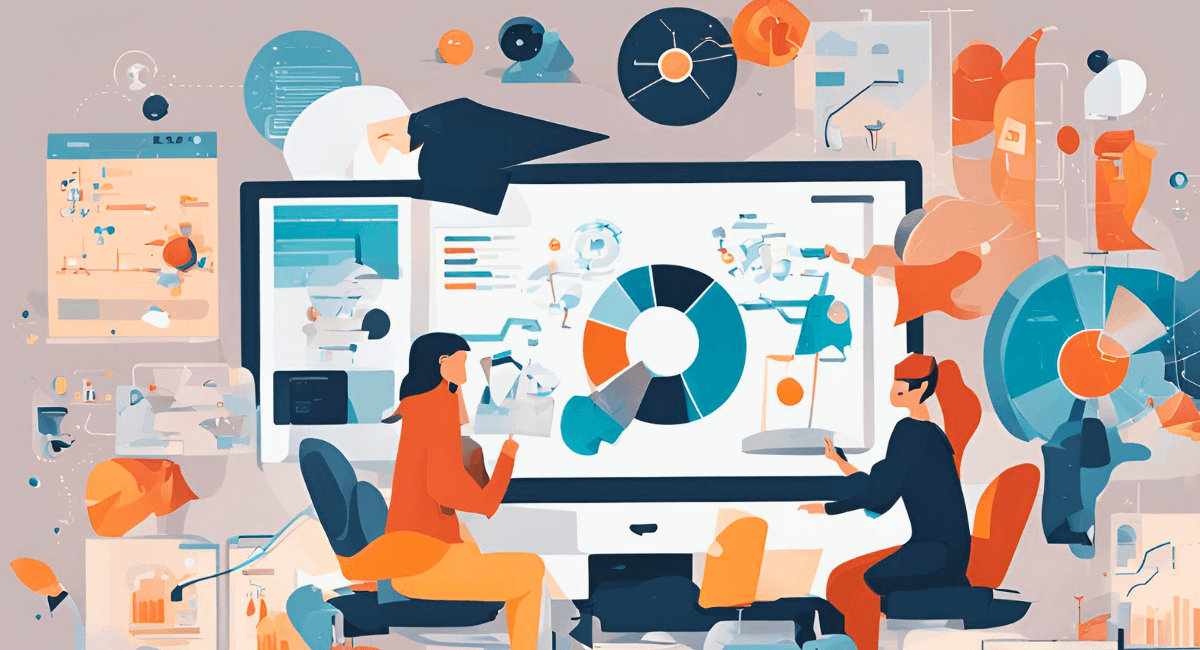
1. Regression Models
Regression models are the building blocks of predictive modeling. They predict numerical values based on relationships between dependent and independent variables. By analyzing historical data, regression models forecast future trends and quantify relationships. They’re helpful in many ways.
For example, businesses use regression models to forecast sales, project revenue, and analyze market trends.

-
Common Regression Model Techniques
- Linear Regression: A linear model is a dependent variable against one or more independent variables with a straight line. Used for continuous values like house prices or sales revenue. When data is missing, a generalized linear model (a complex variant of the linear model) is also used.
- Logistic Regression: Logistic is used for classification problems with categorical output, such as spam detection or disease prediction. The logistic function estimates probabilities and groups data.
- Polynomial Regression: A polynomial extends linearly by fitting a curve to the data, capturing nonlinear relationships. It’s used when the data shows a curved trend that a straight line can’t capture.
2.Time Series Models
Time series models are specialized predictive models that examine data points over time. Unlike other models, they consider the data’s time order, patterns, trends, and seasonality. This sequential analysis is key to predicting future values based on historical data, which is why time series models are essential when time is a factor. Businesses use these models to forecast monthly sales, track seasonal demand, and plan resource allocation efficiently.
For example, Time series models are used in Sales forecasting and Stock market prediction.

-
Common Time Series Model Algorithms
- ARIMA: A statistical model that uses autoregression, differencing, and moving averages to predict future values based on past values. For univariate time series forecasting.
- Exponential Smoothing: A forecasting method that predicts future values using a weighted average of past observations with exponentially decreasing weights. For data with trends or seasonality.
- LSTMs for Time Series: Long Short-Term Memory (LSTM) networks are recurrent neural networks (RNNs) that can capture long-term dependencies in sequential data. They are used to predict time series with complex patterns and dependencies.
3. Classification Models
Classification models use machine learning algorithms, such as decision trees and support vector machines (SVMs), to classify data into predefined categories. They examine data features to determine each data point’s category. Decision Trees break down data into hierarchical structures, and SVMs use hyperplanes for separation. Random Forest, an ensemble model, improves accuracy by combining multiple decision trees.
For example, the Classification model is used in Fraud Detection and Customer Segmentation.

-
Common Classification Model Techniques
- Decision Trees: It is suitable for hierarchical classification and is easy to explain. It involves a graphical representation used to make decisions based on if and then scenarios.
- Random Forest: These are ensemble methods that consolidate several decision trees to bring prediction accuracy and reduce overfitting.
- Support Vector Machines (SVMs): It is suitable for high-dimensional spaces to find optimal hyperplanes for classification.
4. Clustering Models
Clustering models group similar data points without labeling them. They are great for exploratory data analysis, where businesses can find hidden patterns and relationships in the data. Unlike classification models, clustering doesn’t require predefined categories; instead, it groups data based on similarities. They are helpful in many applications, including customer behavior analysis, market research, and anomaly detection.
For example, the Clustering model is used in Customer Segmentation and Market Analysis.

-
Common Clustering Model Techniques
- K-Means Clustering: It groups data by minimizing the distance between points and cluster centers.
- DBSCAN (Density-Based Spatial Clustering of Applications with Noise): These algorithms work by finding clusters in data points based on high-density regions and ignoring the noise.
- Hierarchical Clustering: It works by making a tree-like structure of clusters that allows for a flexible number of groupings at different levels.
5. Outlier Models (Anomaly Detection Models)
Outlier models find data points that do not fit the standard patterns. These can be fraud, system errors, or security threats. Unlike classification models, which assign predefined labels, outlier models look for rare and unexpected events.
The outlier model detects anomalies before they become big problems in cybersecurity, finance, healthcare, and industrial monitoring.
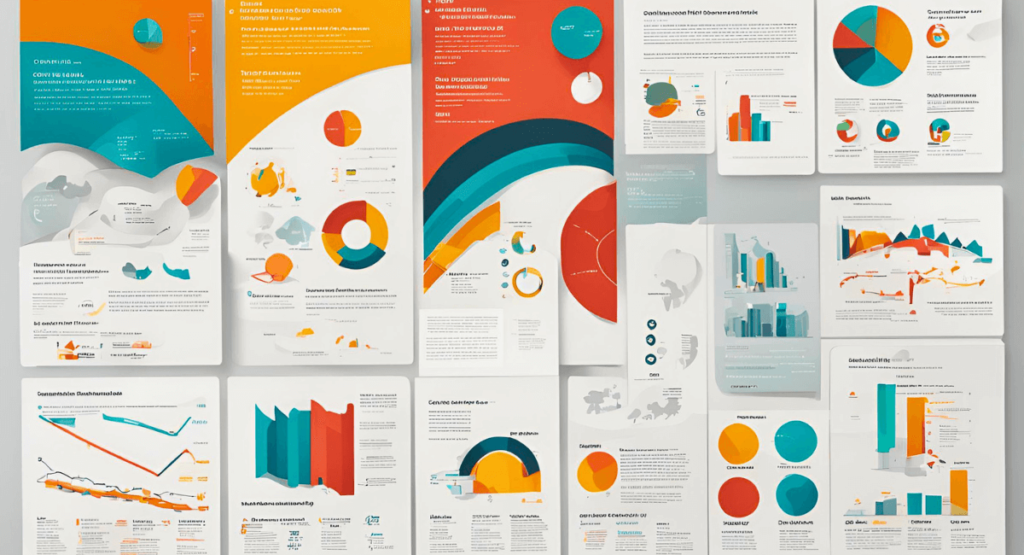
-
Common Outlier Models Techniques:
- Isolation Forest: It uses a tree-based structure to isolate anomalies by randomly partitioning data points.
- Local Outlier Factor (LOF): It compares the density of a point to its neighbors and highlights the deviations.
6. Ensemble Models
Ensemble models increase prediction accuracy by combining the outputs of multiple machine learning models. By utilizing the strengths of different models, they reduce variance, bias, and overall error and are more robust than individual models. They are used in many fields, including finance, healthcare, and marketing, where accuracy is key to decision-making.
Ensemble models are used in predictive maintenance and marketing optimization.

-
Common Ensemble Models Techniques:
- Bagging (Bootstrap Aggregating): It reduces variance by training multiple models on different data subsets and averaging their predictions (e.g., a Random Forest).
- Boosting: Sequentially improve weak models by focusing on misclassified data to improve accuracy (e.g., AdaBoost, Gradient Boosting).
- Stacking: It combines multiple base models and uses a meta-model to optimize the final prediction.
7. Deep Learning and Neural Networks
Deep learning is a type of machine learning that uses artificial neural networks to model complex data patterns. The human brain inspires these networks, which comprise layers of neurons that process and transform data. Deep learning is effective at image recognition, natural language processing, and autonomous systems by learning hierarchical features from large datasets.
Deep Learning and Neural Networks are used in healthcare diagnostics and financial Fraud Detection.

-
Common Neural Networks Model Techniques
- Convolutional Neural Networks (CNNs): CNNs are designed for image and video processing. They automatically detect features like edges, textures, and shapes.
- Recurrent Neural Networks (RNNs): RNNs are suitable for sequential data processing with recurrent connections to retain past information. They are used in speech recognition, time series forecasting, and natural language processing tasks.
- Transformer Models: Transformer models use self-attention to process sequential data in parallel, making them more efficient and accurate.
Key Algorithms Used in Predictive Modeling
Predictive analytics/modeling helps make good decisions by using different machine learning techniques. Knowing the algorithms and how they work can improve models and reliability.

Supervised vs. Unsupervised
- In supervised learning, models learn from labeled data, where inputs are mapped to outputs. Examples are linear regression, decision trees, and neural networks for sales forecasting and fraud detection.
- In unsupervised learning, models find patterns in data without labels. Techniques like K-Means clustering and PCA are used for customer segmentation and anomaly detection.
Supervised and Unsupervised Learning at a Glance:
|
Features |
||
|
Definition |
Learns from labeled data (input-output pairs) |
Identifies patterns in unlabeled data |
|
Goal |
Predict outcomes based on past examples |
Discover hidden patterns or structures |
|
Example |
Classification, regression |
Clustering, association rules |
|
Algorithm |
Linear regression, decision trees, neural networks |
K-Means clustering, PCA, hierarchical clustering |
|
Application |
Fraud detection, sales forecasting, spam filtering |
Customer segmentation, anomaly detection |
|
Output |
Predicts specific values or categories |
Groups similar data points or finds trends |
Feature Selection and Optimization
- Not all data features are valuable for predictions. Removing unneeded features makes models run faster and better. RFE and LASSO regression help pick the best variables.
- Hyperparameter tuning is used to find the best settings for an algorithm to improve model performance. Grid search and random search help optimize accuracy.
Comparing Predictive Model Performance
- Choosing the best model means comparing the models. RMSE and R² measure the accuracy of numeric predictions. Accuracy, precision, recall, and F1 Scores are used for classification.
- Cross-validation methods like k-fold validation ensure models work on historical and new, unseen data once deployed, and models need to be monitored for changes in data patterns to maintain accuracy over time.
Different performance metrics and their use cases:
|
Metrics |
Used For |
Description |
|
R² scores |
Regression |
It shows how well the model explains the variance in data. |
|
Accuracy |
Classification |
Measures the percentage of correct predictions. |
|
Precision |
Classification |
It shows how many predicted positives are positive. |
|
F1 Scores |
Classification |
Balances precision and recall for imbalanced data. |
|
RMSE (Root Mean Squared Error) |
Regression |
Measures the average error in numerical predictions. |
|
Cross-Validation |
All Models |
Use to measure performance in multiple datasets |
|
Model Drift Monitoring |
Deployed model |
Detects performance drops due to changing data patterns. |
|
Recall |
Classification |
Indicates how well the model finds all actual positives. |
Real-World Applications of Predictive Models
Here are some real-life applications of predictive models in different industries that help you understand how they work efficiently.

-
Marketing
Predictive models forecast customer behavior and optimize marketing strategies. Historical data helps you understand buying habits and preferences. So you can create campaigns that engage customers and increase conversion rates.
Predictive analytics can also reduce customer churn by identifying at-risk customers so you can act before it’s too late.
-
Finance
Predictive models significantly determine trustworthiness, helping lenders decide if you’ll repay a loan. By looking at your financial history, transaction data, and other variables, these models predict credit risk more accurately and reduce defaults.
These applications can flag fraud in real-time, improve security, and reduce financial loss by analyzing unusual patterns in transaction data.
-
Healthcare
Predictive models are changing healthcare by improving patient outcomes and optimizing care plans. These models use patient data, medical history, and lifestyle factors to predict the risk of chronic diseases such as diabetes, heart disease, and cancer.
They also optimize treatment plans, ensuring efficient resource use and improved overall healthcare quality.
-
Supply Chain & Logistics
Predictive models benefit demand forecasting, inventory management, and route optimization. Companies can predict future product demand and maintain optimal inventory levels by looking at trends and historical data. This reduces the risk of stockouts, and overstocking improves operational efficiency.
They also optimize logistics by optimizing delivery routes, reducing fuel costs, and improving delivery times. This means cost savings, better customer satisfaction, and streamlined operations.
What are Some Major Benefits of Predictive Modeling?
Predictive modeling is very important because it forecasts things before they happen. Other than that, it also brings other benefits such as:

Better Decisions
- It provides accurate forecasts and insights.
- Moreover, it enables short- and long-term data-driven decisions.
Operational Efficiency
- Predictive models identify trends and optimize resources so you can streamline processes, reduce waste, and increase overall efficiency (e.g., demand forecasting and inventory optimization).
Customer Personalization
- It allows you to segment customers by behavior and preferences.
- Additionally, it creates targeted campaigns and personalized experiences that increase engagement and loyalty.
Risk Mitigation and Fraud Detection
- Predictive models detect anomalies in financial transactions and flag high-risk situations.
- It enables you to act proactively to prevent fraud and reduce risk.
Competitive Advantage
- These models allow for the rapid analysis of vast amounts of data, giving it a competitive edge.
- It lets you stay ahead of the curve and make better decisions.
Predictive Modeling Challenges & Limitations
Predictive analytics has many advantages, but it also has challenges and limitations that affect performance. We need to address these to achieve reliable and ethical results.
-
Data Quality
One of the biggest challenges is data quality. Inadequate, incomplete, or inconsistent data will give false results. Clean and reliable data is necessary to build accurate models, but insufficient data will compromise the entire predictive process.
-
Biases in Models
Biases in models occur when the training data is not representative or has inherent biases. These biases can result in unfair or discriminatory results, especially in sensitive areas like hiring, lending, and criminal justice. We need to address biases to achieve fairness and equity in model results.
-
Overfitting
Overfitting occurs when a model becomes too complex and captures noise or fluctuations rather than patterns—applying new, unseen data results in poor generalization, making the model less reliable and ineffective in real-world scenarios.
-
Ethical Issues
Ethical issues like data privacy and security are essential in predictive modeling. Many models use sensitive personal information, so we must consider how this data is collected, stored, and used. We must also comply with regulations like GDPR and protect user privacy to maintain trust and ethical standards.
Best Practices for Implementing Predictive Modeling
For a successful implementation of predictive modeling, it is crucial to adhere to the following steps:
Opt for Quality Data
- Your model is only as good as your data, so make sure it’s accurate, consistent, and unbiased.
- Clean and preprocess your data. To improve performance, handle missing values, outliers, and feature engineering.
Choose the Right Model
- Choose the right model for the problem—regression, classification, or clustering.
- Test multiple algorithms, understand their strengths and weaknesses, and use cross-validation to find the best fit.
Monitor the Model
- Models degrade over time due to data shifts, so monitor and retrain them continuously.
- Track key metrics like accuracy, precision, recall, and F1 score to ensure absolute world reliability.
Use Auto ML for Faster Development
- AutoML automates data preprocessing, feature selection, and hyperparameter tuning.
- Both experts and non-experts can develop high-performing models with minimal effort.
Future of Predictive Modeling
With new tech, predictive modeling is getting faster, wiser, and more manageable. Here are the future outcomes and trends for these models:

Automated Machine Learning (AutoML)
AutoML simplifies predictive modeling by automating data cleaning, feature selection, and model tuning. Thus, businesses can build accurate models without deep technical expertise. Tools like Google AutoML, H2O.ai, and AutoKeras make these models faster and more mainstream.
Real-time Analytics and Predictive Models
More businesses are using real-time analytics to make instant decisions. Especially in fraud detection (banking), patient monitoring (healthcare), and personalized recommendations (e-commerce). Apache Kafka and Spark Streaming process data as it arrives so companies can act on changing trends.
AI and Deep Learning for Better Predictions
Artificial Intelligence (AI) and deep learning are making predictive models brighter. Neural networks and transformers can see patterns that traditional models miss. LSTMs (Long Short-Term Memory) are used for time series forecasting, and GANs (Generative Adversarial Networks) are used for data quality. These technologies allow models to improve over time with minimal human effort.
As predictive modeling grows, businesses get faster automation, real-time decision-making, and more advanced AI models. It will become more powerful, accurate, and accessible to everyone.
Conclusion
Predictive modeling is a superpower that helps you make better decisions, optimize your business, and get ahead of the competition. You can get insights into the future and be more efficient by using the right models. In this article, we have discussed different types of predictive models that are used for different purposes.
Moreover, our team also gets best practices for the successful implementation of these models so that your effort does not get wasted.
With real-time analytics and AI automation, it is essential for modern businesses. In short, it helps you grow, reduce risk, and get ahead in the competitive digital landscape. Now’s the time to use these technologies and unleash the power of data-driven decision-making.
FAQs
What are the three types of predictive models?
The three types of predictive models such as regression, classification, clustering, and ensemble methods.
What are the three levels of the predictive model?
The three levels of predictive models are descriptive, predictive, and prescriptive. Descriptive models summarise past data, predictive models forecast the future based on historical data, and prescriptive models recommend decisions.
What are the three most used predictive modeling techniques?
The three most used predictive modeling techniques are linear regression, decision trees, and neural networks.


